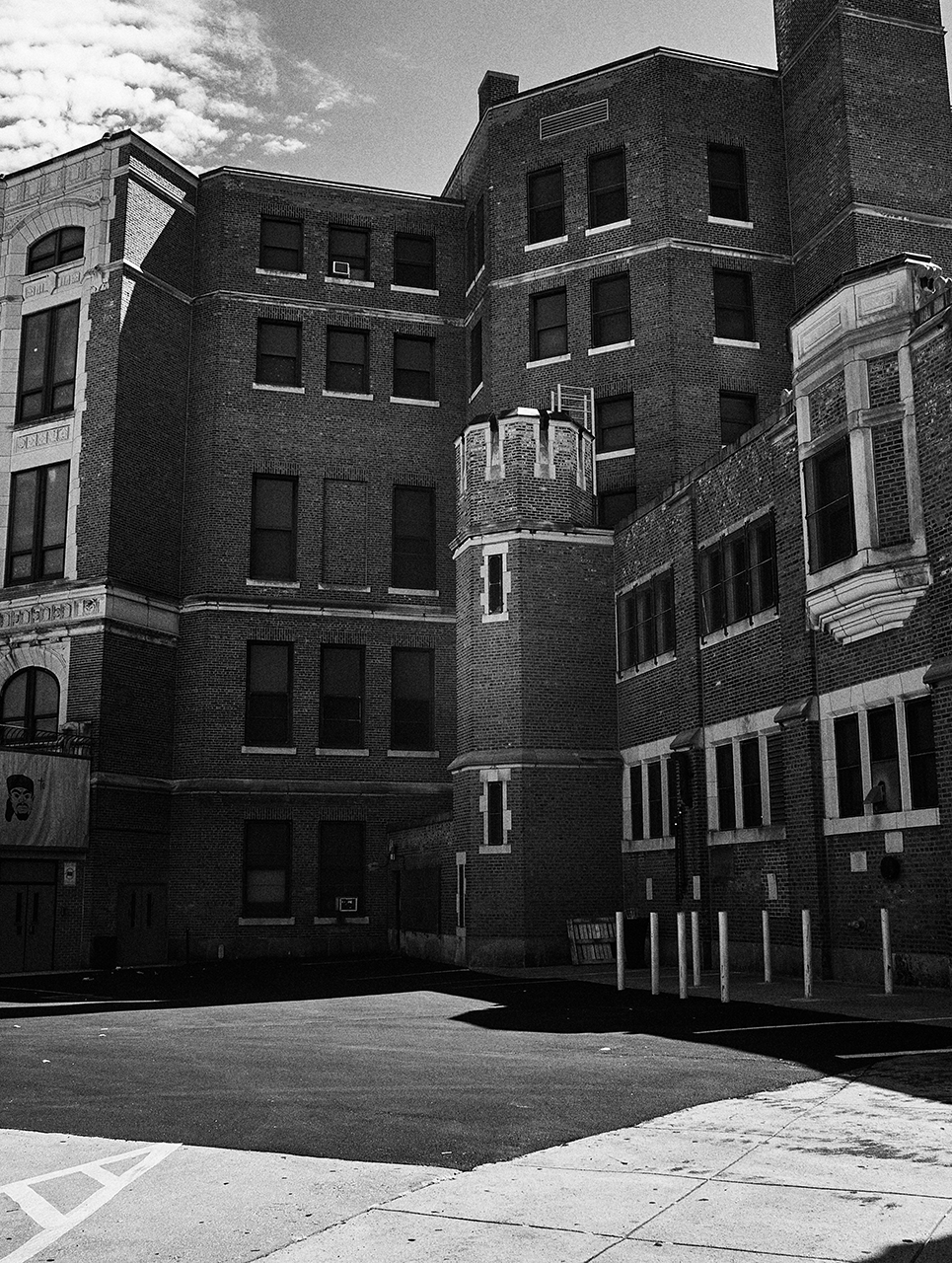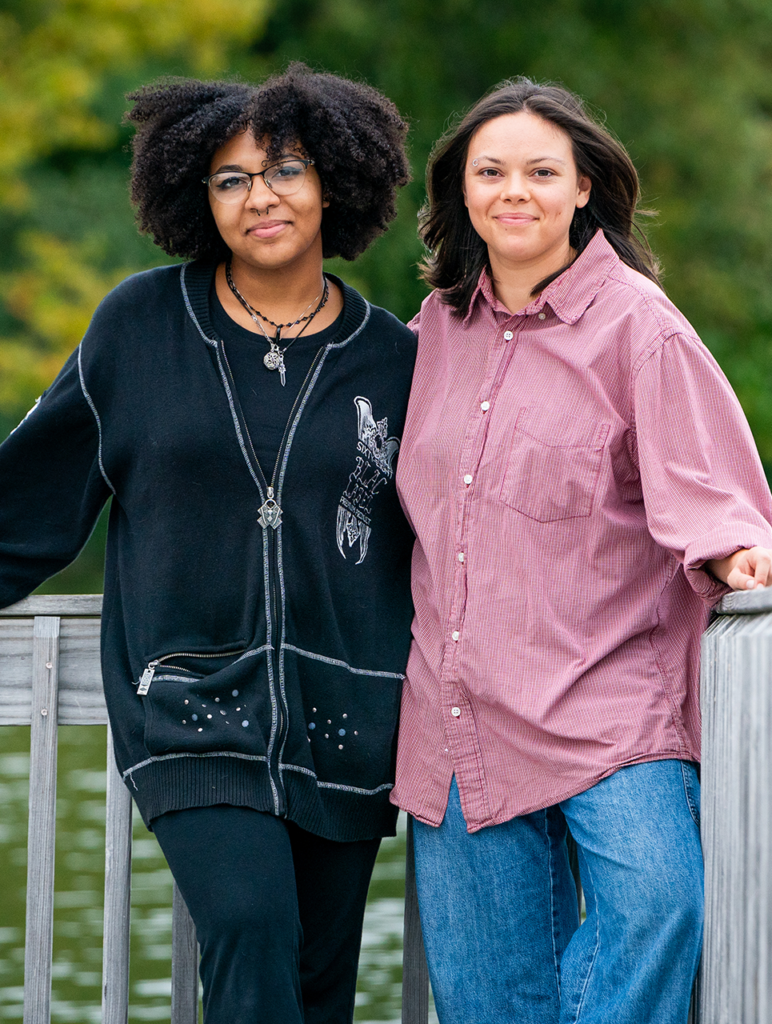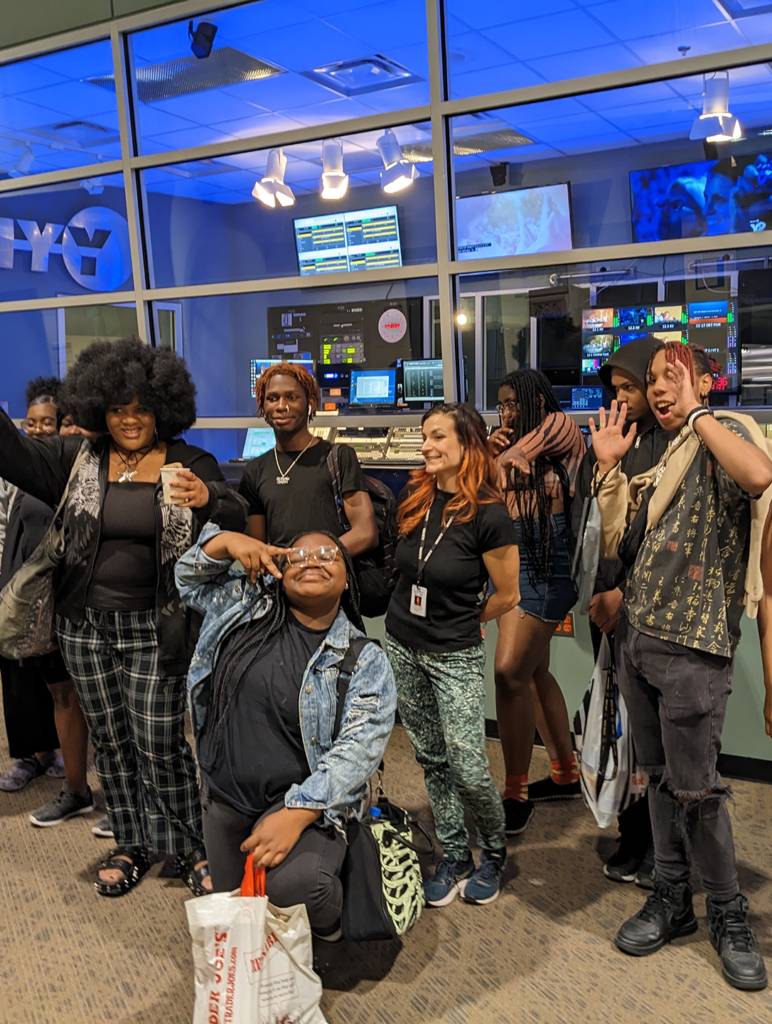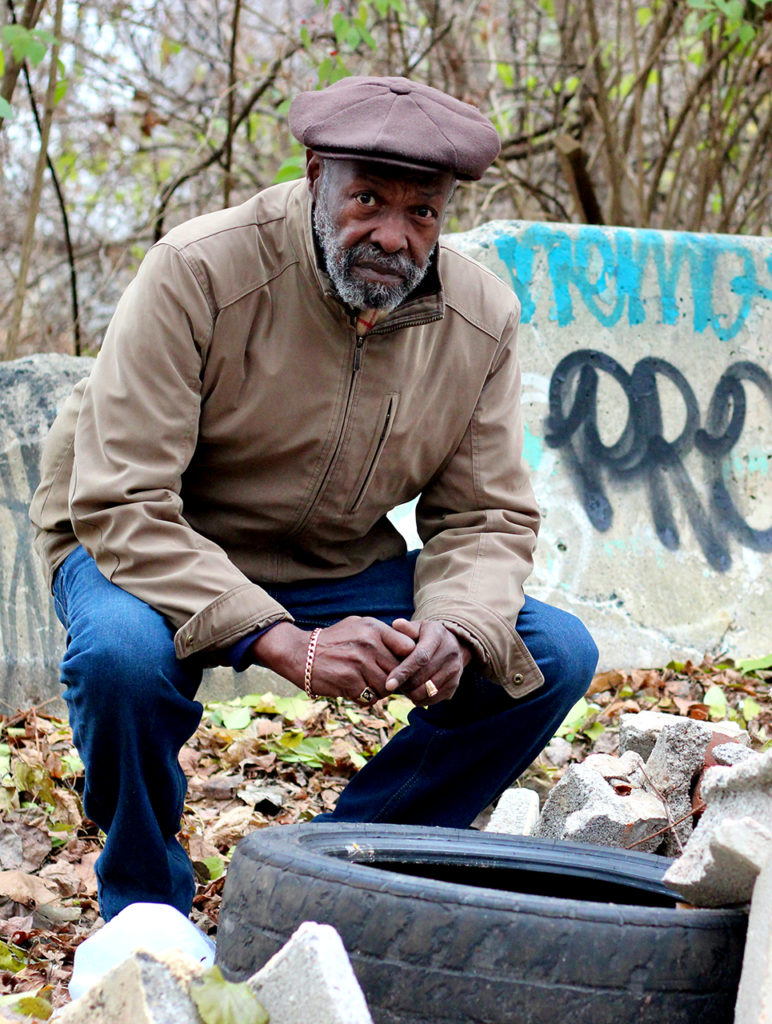For generations, countless students and teachers have braved the asbestos, lead, mold and other hazards lurking within century-old nooks and crannies of Philadelphia public school buildings.
It sure looks like yet another generation may face the dangers anew.
Even after a substantial increase in education funding was negotiated in the State Capitol this summer, a closer analysis shows money set aside to address dangerous conditions in schools is negligible. State lawmakers allocated some $8.2 billion in education funding this year, including a $1.1 billion boost from last year following a consequential state court decision. But just $100 million (1.2%) is being set aside for school facilities statewide, an amount that would likely only be enough to pay for about two new schools.
Arthur Steinberg, president of the Philadelphia Federation of Teachers (PFT) union, told Grid in August 2023 that there was a “once-in-a-lifetime opportunity to get things on the right track.” But Steinberg now says the facilities backlog in Philadelphia has only grown and that absent an intervention from Harrisburg, “more federal money” is needed.
We’re talking about a need of more than $7 billion. That’s more than the City budget … we need an investment of federal dollars.”
— Kendra Brooks, City Councilmember
Councilmember Kendra Brooks, a former teacher, agrees. “We’re talking about a need of more than $7 billion,” Brooks says. “That’s more than the City budget … we need an investment of federal dollars.”
However, federal funding, aside from expiring emergency relief money tied to COVID-19, typically amounts to only about 0.4% of the school district’s budget. And no official identified a specific pot of federal money that could readily help.
A building problem
The latest rash of closures of School District of Philadelphia (SDP) buildings last year due to asbestos hazards — totalling seven — offered a fresh reminder of the dangers of the City’s aging physical assets. Notably, Frankford High School students and faculty are split between a newer wing of the building and Roberto Clemente Middle School while the district plans $19.9 million in renovations to abate asbestos and fully reopen the historic high school next year.
But union officials say the fix is just the latest in a long-running game of Whac-a-Mole, where acute crises are resolved even as the overall facilities backlog gets worse every year and environmental health risks fester.
Jerry Roseman, director of environmental science and occupational safety and health for PFT, says the district doesn’t publicly specify just how big its facilities backlog is. Instead, Roseman applies an industry-standard calculation that estimates an entity like the school district should spend the equivalent of about 6% of the value of its buildings on capital improvements and maintenance annually. That comes out to about $1.1 billion a year for SDP.
“They don’t have that,” Roseman says.
Steinberg adds that the union calculates the district’s overall facilities backlog has thus grown to about $7 billion in deferred maintenance, which “doesn’t include buildings that should probably be replaced.”
Statements sent to Grid by SDP deputy chief of communications Monique Braxton and attributed to district leadership pointed to a summary of the district’s 2025 budget, which shows a planned average expenditure of $471 million annually on facilities through 2030.
The district added that it has made “significant strides” and investments in addressing environmental issues, including spending $55 million in 2024 and a planned $61 million next year. Such expenditures support, among other measures, twice annual inspections of asbestos-containing buildings; the installation of nearly 2,000 lead-filtering hydration stations thus far toward a goal of one per every 100 students; and the installation of 540 air conditioning units across district facilities last year.
“Of the 58 schools that are inadequately cooled, 20 are scheduled for capital improvement projects,” the district says, while stipulating that, “many of our buildings cannot accommodate new AC systems because of the demand on outdated electrical systems.”
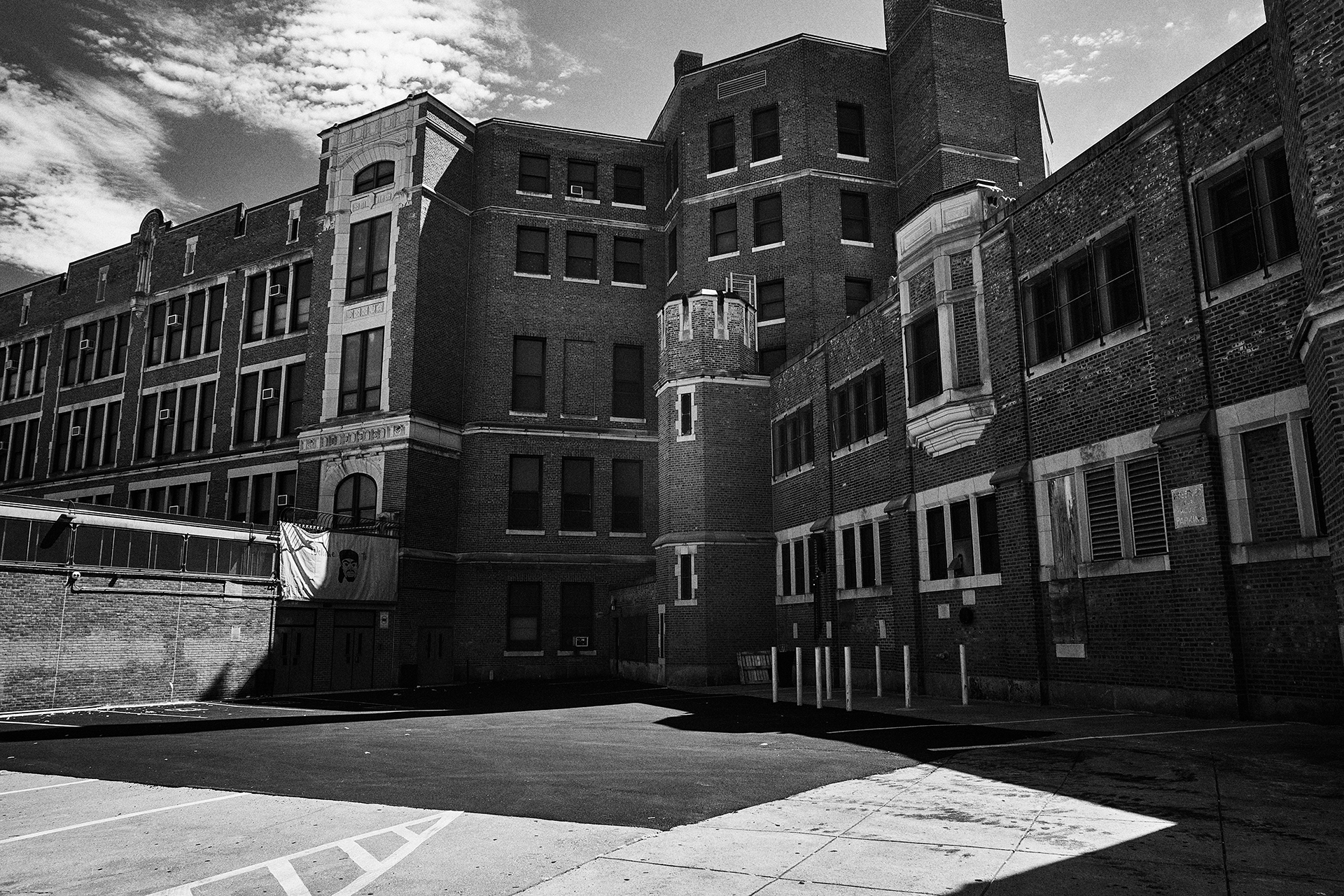
From hope to nope
Even as protective plastic sheeting descended in the halls of Frankford last year, hope for something better citywide was rising. Public education advocates have long decried the State’s education funding formula as unfair, as it leaves public schools heavily reliant on local tax dollars, a major problem in cash-strapped cities like Philadelphia. A monumental Commonwealth Court of Pennsylvania decision in February 2023 applied an even heftier adjective: unconstitutional.
The decision required lawmakers to fix statewide educational funding inequity. That placed intense focus on this year’s budget deliberations, as Democratic Governor Josh Shapiro and his colleagues in the Democratically-controlled State House negotiated with the Republican-controlled State Senate.
Anticipating a possible influx of funding from the process, PFT leadership, Brooks and other local officials looked to the school district to release a new facilities master plan this year so any new money could be quickly and strategically implemented.
Turns out, neither the cash nor the plan to spend it have arrived.
When the state budget was finalized in July, reactions were mixed. The Shapiro administration framed the $1.1 billion in new funding as “historic.” MaryLouise Isaacson, a Democratic state representative whose district stretches from Fishtown to Queen Village and who sits on the state education committee, graded it a “B-plus to A-minus.” The portion of the funding going specifically to close statewide funding inequities – $526 million – is well below what’s needed, but is also viewed as a first step in a multi-year push to comply with the court decision.
But seemingly missing is a fix for facilities, which according to June 2024 reporting in the Pittsburgh Post-Gazette, remained a bargaining chip into the 11th hour of negotiations. Shapiro had proposed a separate fund of $300 million while some Republicans questioned the need for the state to provide any facility funding at all. Particularly in dispute was “PlanCon,” a dormant state program that financed school construction and repair: while Democrats like Philaelphia’s Democratic State Rep. Elizabeth Fiedler pushed legislation to revive PlanCon, Republican opponents decried it as inefficient.
“Anything that is remotely like PlanCon should not be considered. Because the bureaucracy of that was, frankly, untenable,” Republican Senate majority leader Joe Pittman told the Post-Gazette.
In the end, just $100 million was set aside for facilities, Isaacson says, placed in a fund within the state Commonwealth Financing Authority, which will administer it through a competitive grant process. Several officials suggested Philadelphia won’t be the first in line as districts elsewhere deal with their own long-deferred backlogs. The funding isn’t transformative anyway: in one case last year, $145 million in federal funding awarded to SDP paid for just three new school buildings, in a district with well over 200.
Which explains Isaacson’s downgrading, she says. “I would have liked more for facilities. That should have been more of a priority.”

Meanwhile, the district has yet to release a facilities plan, even though SDP superintendent Tony Watlington said at a City Council hearing last summer that one would be finalized by June 2024, Billy Penn reported at the time.
In an email, the district confirmed that “the plan is in its initial development phase.”
“One of the difficulties they’re running into now is the data they started to collect is going to be outdated by the time they come out with a plan,” Steinberg says.
Signs of hope are few and flickering. Steinberg says Watlington’s administration acknowledges the severity of the facilities problem and continues to get a “little better as far as cooperating goes.” The district says it has placed on its website “room-by-room logs and inspection reports that show every school building and the exact location and condition of asbestos” at the time of last inspection.
Some local officials wondered whether the $137 million in new equity-driven education funding SDP is receiving this year could free up money elsewhere in its budget to be spent on facilities. But district officials told Grid that due to the expiration of COVID-19 relief funding this year, the district is actually expecting a budget shortfall of $88.6 million, which will balloon to $404.2 million in 2026.
It’s uncertain whether more state money for facilities could help close that gap as education advocates fight budget battles in the years ahead; Brooks says the district’s creation of a facilities master plan could prove valuable in lobbying for more. But even as the dust continues to settle on the Commonwealth Court decision, it’s getting harder to see where a significant overhaul of the district’s buildings enters the picture anytime soon.
“We’re talking about decades of underfunding,” Brooks says. “It’s going to take time for it to get where it needs to be.”
 This content is a part of Every Voice, Every Vote, a collaborative project managed by The Lenfest Institute for Journalism. Lead support for Every Voice, Every Vote in 2024 and 2025 is provided by the William Penn Foundation with additional funding from The Lenfest Institute for Journalism, Comcast NBC Universal, The John S. and James L. Knight Foundation, Henry L. Kimelman Family Foundation, Judy and Peter Leone, Arctos Foundation, Wyncote Foundation, 25th Century Foundation, and Dolfinger-McMahon Foundation. To learn more about the project and view a full list of supporters, visit www.everyvoice-everyvote.org. Editorial content is created independently of the project’s donors.
This content is a part of Every Voice, Every Vote, a collaborative project managed by The Lenfest Institute for Journalism. Lead support for Every Voice, Every Vote in 2024 and 2025 is provided by the William Penn Foundation with additional funding from The Lenfest Institute for Journalism, Comcast NBC Universal, The John S. and James L. Knight Foundation, Henry L. Kimelman Family Foundation, Judy and Peter Leone, Arctos Foundation, Wyncote Foundation, 25th Century Foundation, and Dolfinger-McMahon Foundation. To learn more about the project and view a full list of supporters, visit www.everyvoice-everyvote.org. Editorial content is created independently of the project’s donors.


